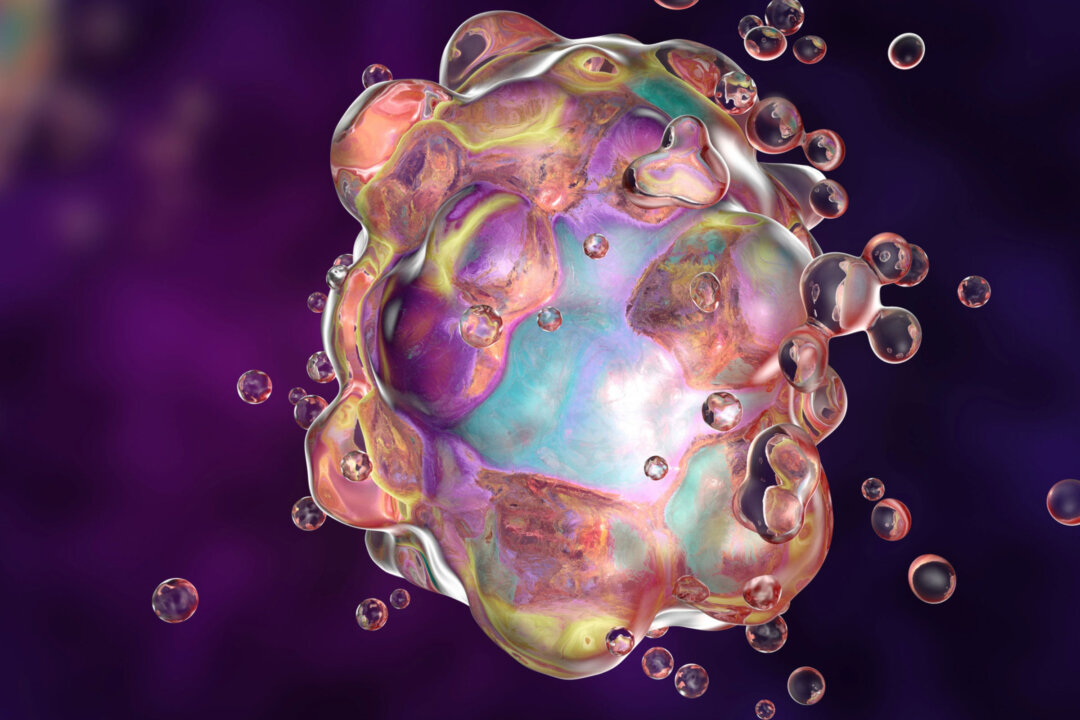SARS-CoV-2 infection may cause severe pulmonary conditions such as pneumonia, inflammation, and acute respiratory distress syndrome, but until now, researchers have not understood the driving force behind lung damage caused by COVID-19. Since proposing the concept, Mr. Stockwell’s lab has demonstrated that ferroptosis can occur in healthy contexts as part of the body’s normal processes.
For example, cell death can remove cells infected with SARS-CoV-2, inhibiting the replication and spread of the virus or counteract diseases like cancer, which involves rapid cell growth. On the other hand, ferroptosis can be destructive, attacking healthy cells in patients with neurodegenerative diseases or causing severe manifestations of COVID-19 and possibly even long COVID. Control samples were obtained from pre-pandemic healthy patients who showed no signs of SARS-CoV-2 infection or lung damage.

Samples from autopsies with ALI and without a history of SARS-CoV-2 infection were also analyzed. Additionally, serum ferritin records were obtained, as serum ferritin is elevated in critically ill COVID-19 patients, correlates with disease severity, and supplies the iron that drives ferroptosis. Ferritin is a protein found inside cells that stores iron and allows the body to use it when needed.
The researchers analyzed cell death markers on COVID-19 lung tissue samples obtained from the autopsies and found “distinct molecular features of ferroptosis” in severe lung pathologies. Moreover,.
















